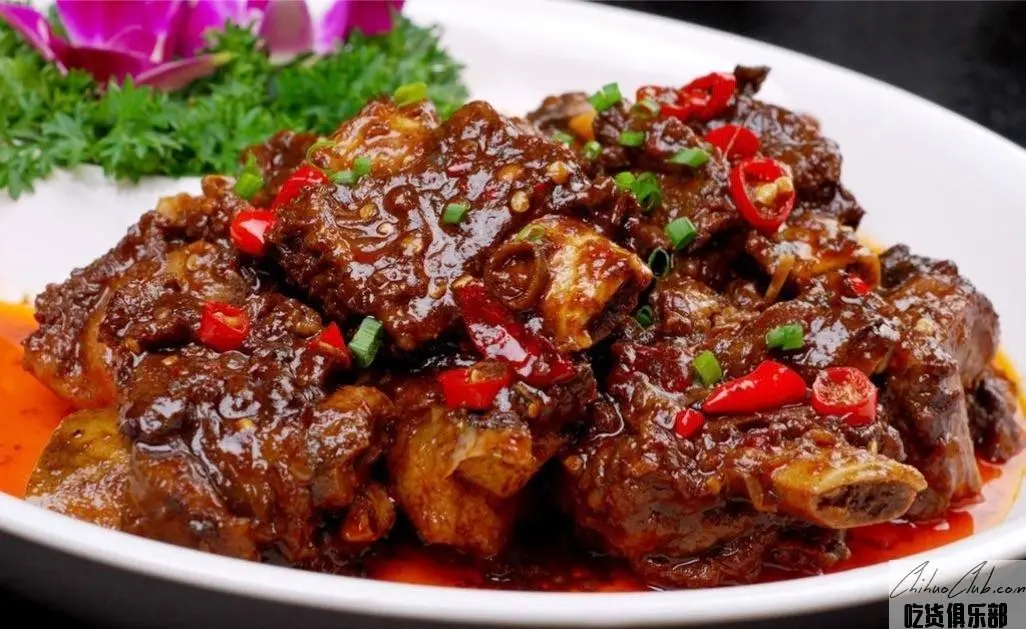wulumuqishi food

Old Urumqi people almost know that there is a "wuwuzi lamb" in the alley of Shanxi, which is a cuisine of the Hui people. In the book "Urumqi Zhangshu" published in 1991, there was a special introduction to "Wuwuzi Lamb". At the earliest time, the store was run by a Hui nationality named Li Zhanshou. The locals called him “Wuwuzi”. He specialized in selling cooked lamb meat. Anyone who had eaten did not say good. At that time, he could sell several sheep every day. For a long time, the name of "My son and lamb" sounded loud!

Pilaf is a food that is popular among people of all ethnic groups in Xinjiang. It is called "Polu" in Uighur. The practice is to first fry the onion and yellow radish with oil (the carrot is because the yield of Xinjiang specialty yellow radish is small, so other areas can only be replaced with carrots), mutton pieces, and then put into the pure rice and steamed rice.

Baked buns are traditional Xinjiang cuisine, and the taste is extremely delicious. Although there are similar or different shaped baked buns in all parts of Xinjiang, the most authentic baked buns are from Hotan. The dough of the Hetian Baked Buns is made with the finest white noodles and freshly cooked noodles and a slightly alkaline dough. The dough is simmered into one or two hundred grams and then made into a dough; the meat is cut into corn kernels with fresh mutton, plus a small amount. Put the chopped sheep oil and onion on the water, add the pepper powder and salt and knead it into a stuffing. Wrap the dough in a dough and wrap it in a round dough. Put the water on the skin and stick the side of the dough to the sac with the palm of your hand. On the wall, after all the dough is pasted, put a small amount of water on the surface of the baked buns, cover the pits, bake for 20 to 25 minutes, open the vents, and the charcoal in the pit will immediately turn red and then bake for a while. When the skin of the baked buns is red and shiny, it can be taken out. After the hot baked buns are opened, the soup is overflowing, the fragrance is nasal, and the nutritional value is high.

It has a long history in Xinjiang, and its outer skin is golden yellow. It was called "hu cake" and "burning cake" in ancient times.馕Flour is the main raw material, mostly fermented noodles, but put a little salt without alkali. Modern oysters use flour as the main raw material, usually fermented noodles, a little salt, round, many patterns, rich in raw materials, in addition to flour, sesame, onion, eggs, clear oil, ghee, milk, sugar, salt can be called And so on. Not only is it delicious, but it is not easy to deteriorate for a long time, so the old Uighurs took the road with a long distance. According to legend, when Xuanzang passed through the desert Gobi, the food that was brought around was sputum.

The Uighur language is called "Pittalda", which means dead bread. The bun is thin as paper, white and fragrant, oily and tender, tender and refreshing. It can be eaten alone, or it can be eaten with glutinous rice or pilaf. When eating, sprinkle some pepper on the steamed buns to block the smell of the mutton. Do not vinegar, do not oily and spicy, Xinjiang's thin bun is only the original match with pepper!
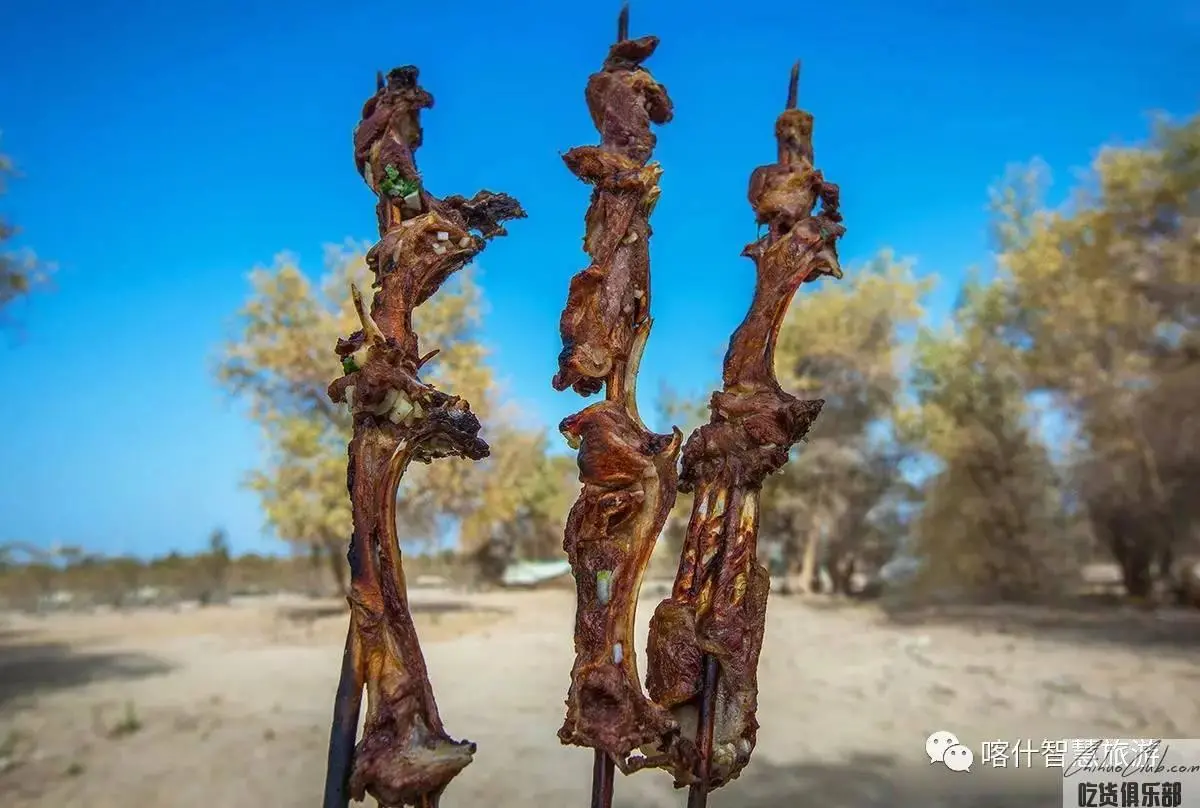
Grilled lamb chops are famous dishes in Xinjiang. It is usually roasted with anthracite on a barbecue stove or baked in a pit. The lamb chops used for grilled lamb chops are usually roasted on the ribs of lambs, and marinated with the onion salt of Xinjiang specialties. Xinjiang people do not like to add too much spices to the original flavor, this is also because of the delicious, no taste of Xinjiang lamb. The roasted lamb chops are not greasy, the meat is tender, the outer coke is tender, and the mouth is full of juice, which is particularly beneficial to the effect of the spirit.

Pulling the sliver is the common name for Xinjiang noodles. It is made directly by hand without the method of pressing and pressing. It is a kind of popular pasta that is popular among people of all ethnic groups in Xinjiang. It is well-known both at home and abroad and is very popular among people of all countries.

As the name implies, the oil tower is shaped like a tower. It is white and oily, with a thin layer and a thin layer. It is rich in soft oil and not greasy. It is a noodle food that Xinjiang Uygur and Hui people like to eat. The Hui people generally make early soups with powder soup.

Palmuding is a traditional flavor food of the Uighur people. Its color is yellow and bright, the image is beautiful, the skin is crispy, the meat is tender, and the salty is sweet. It is very popular. Parmigine is made from flour, fat mutton, sesame oil (a little), onion (skin), eggs, salt, cumin powder, pepper and other raw materials.

In Xinjiang, no meat is not a New Year, but some must be placed in the home. Except for the blind, the only thing that is indispensable is this Bahari. Bahari is a traditional Uighur pastry that can be found everywhere in Urumqi. It was originally a snack that the Russians often eat, and some people call it a black cake. It is rich in content, with various nuts in the middle, such as walnuts, almonds, etc., there are raisins on the surface of the cake, the taste is very delicious.

Xinjiang Ququer is actually a mutton chop, a traditional flavor food that is loved by the Uighur people, similar to the Han people. The koji skin is tender and tender, the soup is delicious, smooth and delicious, and the flavor is unique. It is a good helper for hangover. Xinjiang tastes songs, stuffed with mutton, soup is also mutton soup, can put tomatoes, fungus, spinach, parsley, golden needles, etc.; according to personal taste, can also put other dishes.
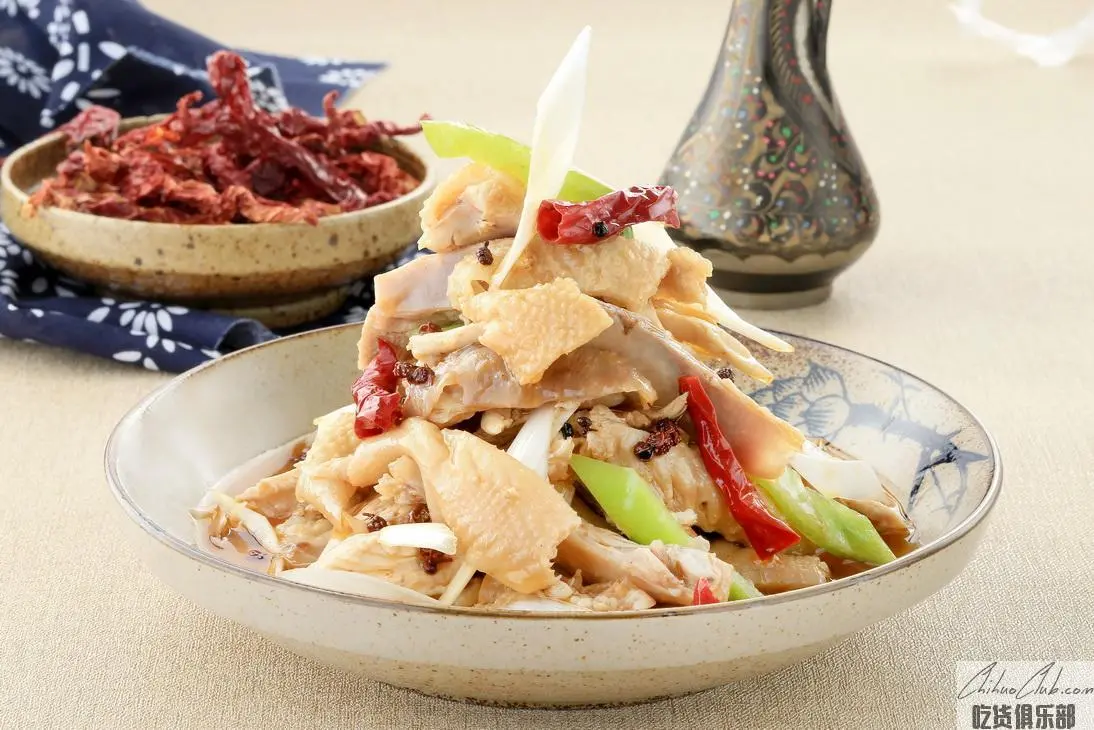
Pepper Ma chicken is a traditional dish that has been circulated in Xinjiang. The main material is open chicken, the main cooking process is cooking. The finished product is savory, soft and tender, fresh and delicious. Mix the torn chicken pieces with the parsley section, the chilli flakes, and the onion, and then add the sesame oil and the pepper oil. The chicken skin is crispy, the meat is thick and the more chewy.

The scallion mutton is the home-cooked dish of Xinjiang people. The two words of scallions and mutton are inseparable, that is, they are inseparable from leather teeth and spicy skin. One bite, the green onions are overflowing, this is called fun!
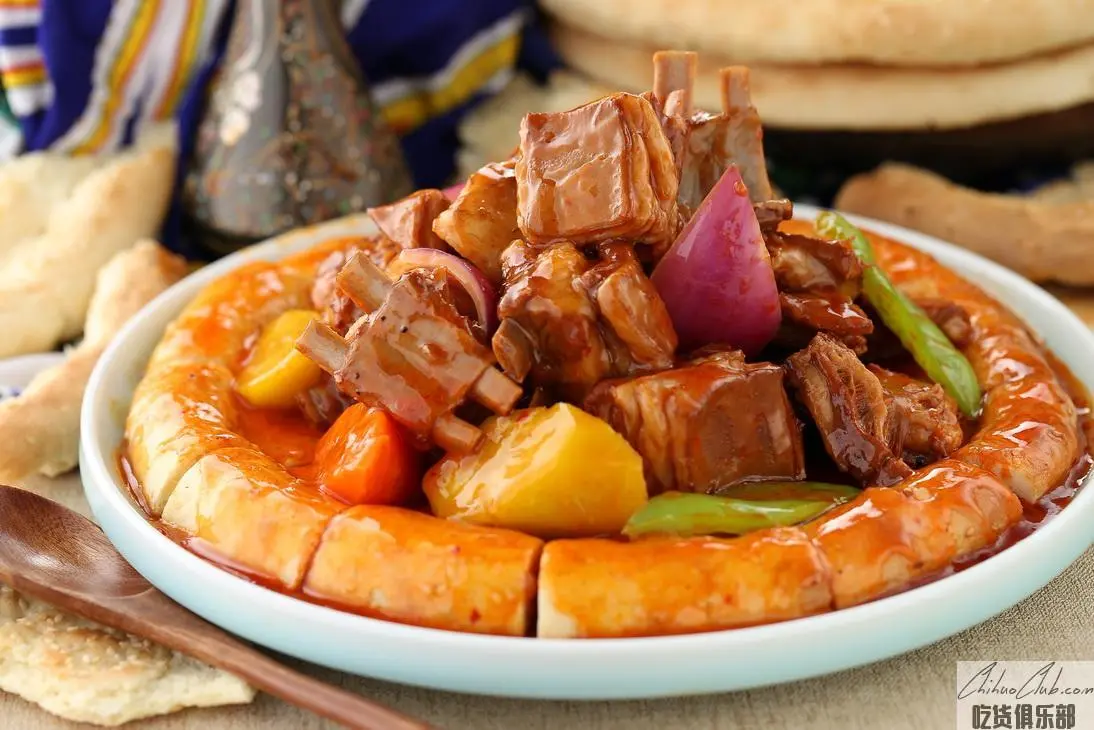
The Uighur language is called “Tawakawa甫” and is a trendy snack variety. It is one of the famous flavors of Xinjiang. Use Xinjiang fresh lamb meat, maltose mixed with water and hot on the surface of the mutton. When it is golden brown, pour it into the colander and filter off the oil. Then add the scallion and ginger to the scallions and add the mutton and water and the grass and cinnamon and fragrant leaves. And rice wine and salt, after boiling, turn to low heat for about 1 hour until the meat is smashed. Put the sesame seeds in the dish and eat it. It is the best in the food.
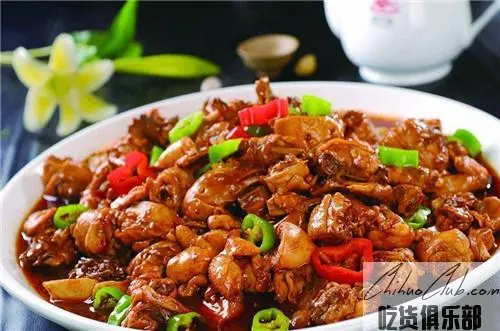
Xinjiang Dapan Chicken, also known as Shawan Dapan Chicken, is a famous dish in Xinjiang. It originated in the late 1980s and was mainly made from chicken and potato pieces. Colorful, smooth and spicy chicken and soft and sweet potato, spicy and fragrant, rich in taste, is the best on the table.
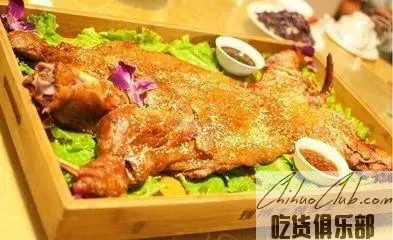
The texture of Xinjiang mutton is fresh and tender, the golden appearance of roasted whole sheep is bright, the external meat is yellow and crisp, the inner meat is soft and tender, and the mutton flavor is fragrant and fragrant. It is quite palatable and unique.
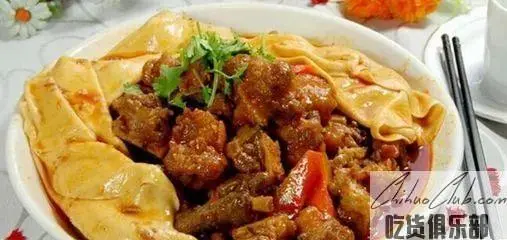
Mutton crepe cake, the minority's favorite fat sheep platoon is cast with fresh ginger, scallions and braised, and the thin, window-like crepes that are hand-teared are laid on the lamb chops, covered with steam, cooked and cut. Loaded with the lamb chops. The infiltration of the Central Plains food culture and the Western food culture is reflected in all aspects of the Balikun diet. The unique mutton cake is an excellent example. Barkol mutton cake is now one of the famous Xinjiang snacks. When you eat, the lamb chops are delicious and the pizza is golden and delicious.
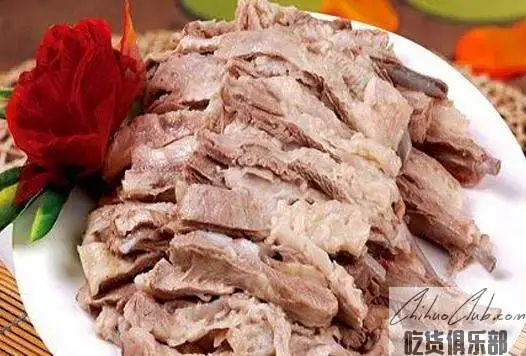
Hand-caught lamb is a traditional food that is loved by Mongolian, Tibetan, Hui, Ha, Wei and other ethnic groups in northwest China. The practice is very simple. Put the boned mutton into pieces and put it into the water to cook. After the fish is removed, sprinkle with onion, salt, and then pour the soup. It is better with the skin (the onion is delicious).
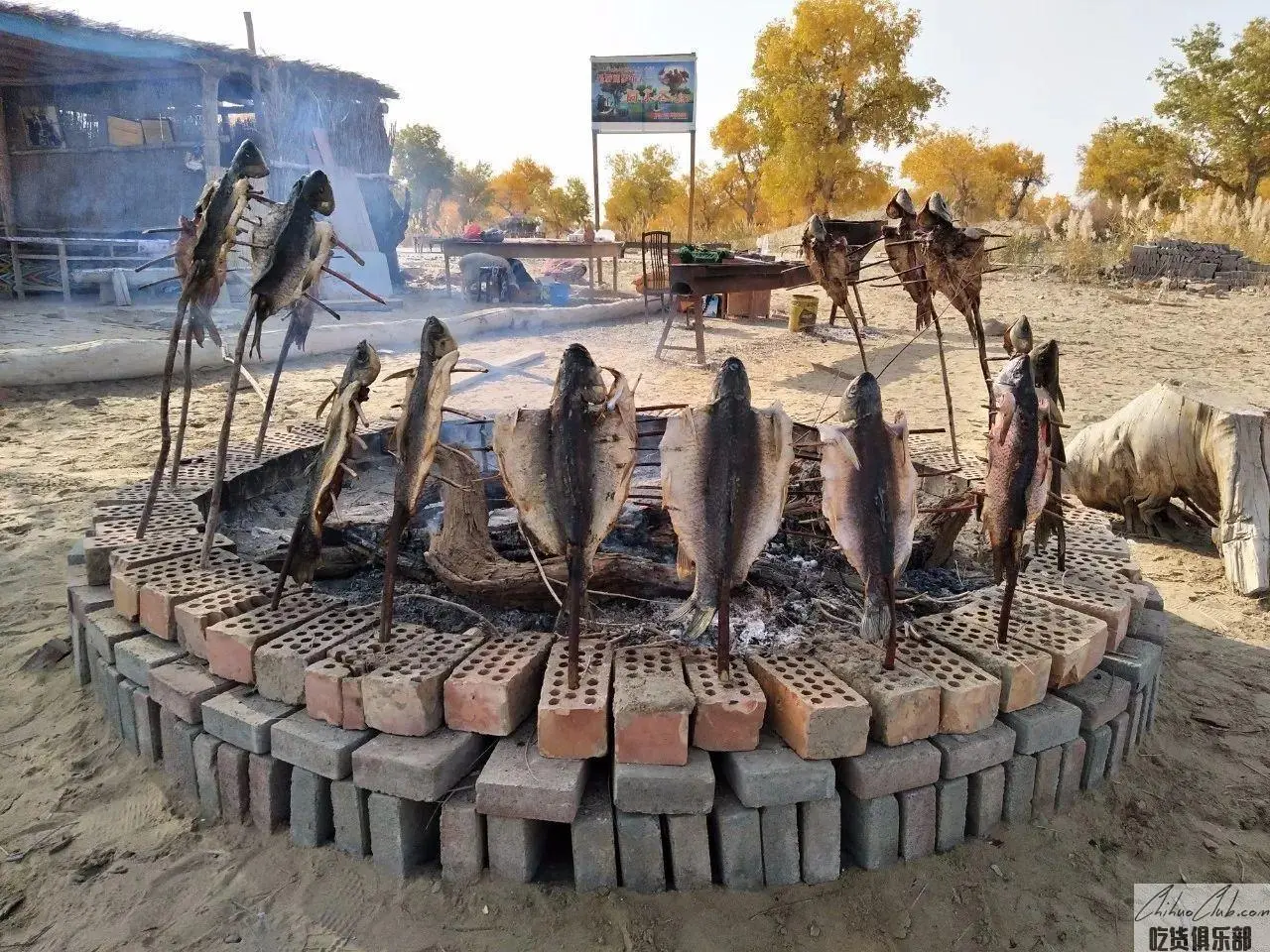
Gobi grilled fish is first cut from the back of a whole fish, remove the meat, cross the two small wooden sticks from the upper and lower parts of the fish, and then use a slightly longer wooden stick to wear it. Insert the fish with wooden sticks into the beach by the river and arrange them in a row. Start to ignite the dry wood next to the fish and bake.
